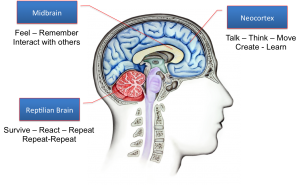I am a big fan of recognizing the great things teachers do. During my first year as an instructional specialist this sentiment spontaneously formed in my mind one day into this saying, “It is easy to support what you love and what you believe in.” Wow! It felt… right. Perfect. That idea quickly morphed into action. I sought out ways I could celebrate teachers who are doing new, innovative, and great things in their classroom. Moreover, I felt/knew it was
important that teachers were aware people were grateful for their ideas and actions.
I call this “celebratitude” (yes, a simple combination of celebrate and gratitude). In fact, although not formerly defined in my job description, this implied duty it is one of my favorite parts of my position – because I choose it to be. I am convinced that spreading the word about what students are learning, producing and achieving is necessary for a healthy educational culture and community. These narratives guide public perception about educators and the next generation of adult citizens towards the positive, heart lifting, and amazing realities that come from an effective and inspiring teacher.
Don’t Be Humble – Your Students Deserve to be Known
Still, a teacher once commented to me that she doesn’t need to promote or advertise what she does in her class. Her students were proof of her effective work. I, as you can imagine, respectfully disagree. Here is why.
A teacher is still the single most important factor in a child’s education. The learning experiences a teacher structures impacts the cognitive and affective development of young people. Indeed, teacher appreciation day/week is nice, but with any formalization, our attention to what is important can wander once that season has passed.
The messaging around teaching, and education in general, matters. Like any other profession, the public constructs opinions and world views about the practices, values, and outcomes of educational systems. Promoting the successes we experience in education challenges negative narratives about students, teachers, and education in general. To put it simply, schools do great things every day of the year, (yes in the summer too!). People deserve to know that. Students deserve that recognition. Teachers deserve that praise.
Recognition Matters – So Do It!
Getting student work into what I call “the public sphere” is indicative of 21st century teaching and learning. The public sphere (meaning student work that is not just for the teacher’s eyes only) provides an authentic setting for students to demonstrate their understanding and take informed action. I admire teachers who have internalized this practice as part of their professional charge.
Now that I am out of the classroom I have shifted my focus more onto the celebration of teachers and their expertise. Here are a few approaches to teacher Celebratitude:
- Showcase a teacher’s instructional practices with your school board and superintendent.
- Share accomplishments on social and traditional, media.
- Buy a gift card for teachers who lead extra curricular activities without a stipend (especially important when their own building principals have overlooked their accomplishments/effort).
But, the best way, I believe, is to nominate teachers for local, state, regional, national, and international awards. Below is a list of awards I have nominated teacher for in the last three years. Just the practice is fulfilling, rewarding, humbling, important.
Additionally, if you belong to an organization that values education, why not sponsor an annual teacher prize? It is  very easy and I would be happy, along with a range of other like-minded professionals, to promote your initiative.
very easy and I would be happy, along with a range of other like-minded professionals, to promote your initiative.
I want to conclude by reinforcing that this is one of my favorite parts of my job. It has informed me about the work teachers do, built positive relationships, improves teaching and learning, and prepares me to speak intelligently about the social studies program in our county. So, if you are a specialist, chair, or administrator I advise making the practice of nominating teachers for award part of your professional practice.
(Lucky) 13 Teacher Awards
This list is just a start. And as you will notice, these awards are all social studies/history focused. But, that is my job! Check them out, share them with your colleagues, and let me know additional ones. I know they are out there.
Enjoy!
- Gilded Lehman Teacher of the Year: Recognizes outstanding K–12 American history teachers across the country.
- American Historical Association – Beveridge Family Teaching Award: Recognizes excellence and innovation in elementary, middle school, and secondary history teaching.
- Organization of American Historians – Mary K. Bonsteel Tachau Teacher of the Year Award: Recognizes the contributions made by pre-collegiate teachers to improve history education within the field of American history.
- VFW Teacher of the Year Award: Recognizes three exceptional teachers for their outstanding commitment to teaching Americanism and patriotism to their students.
- National History Day (NHD) Patricia Behring Teacher of the Year Award: Recognizes outstanding NHD teachers.
- The John Marshall Foundation Teacher Award Program: Recognizes excellence in teaching the Constitution (teachers in VA eligible).
- American Lawyers Alliance Teacher of the Year Award: Honors United States public and private Middle and High school teachers who have made significant contributions in the area of law-related education.
- Mount Vernon Estate History Teacher of the Year: Recognizes teachers who bring creativity and passion to the classroom, instills a love of learning in students, and deepens student understanding and appreciation of history.
- NCSS Award for Global Understanding Given in Honor of James M. Becker: recognizes a social studies educator (or a team of educators) who has made notable contributions in helping social studies students increase their understanding of the world.
- NCSS Outstanding Social Studies Teacher of the Year Award: recognize exceptional classroom social studies teachers for grades K-6, 5-8, and 7-12.
- National Council for Geographic Education Disntinguished Teaching Award: Recognizes excellence in geography teaching at the primary and secondary levels.
- The Council for Economic Education John Morton Excellence in the Teaching of Economics Award: Recognizes excellence in economic and financial education by honoring three national educators in the elementary, middle and high school levels.
- Varkey Foundation Global Education Teacher Award: A US $1 million award presented annually to an exceptional teacher who has made an outstanding contribution to their profession.


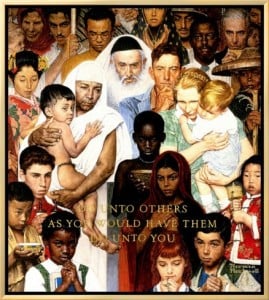


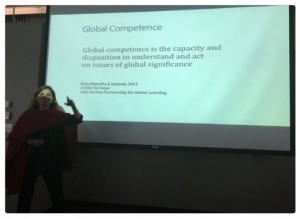



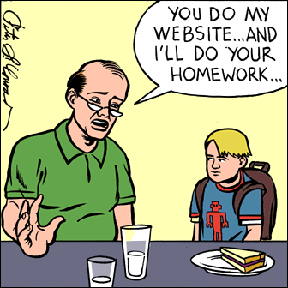

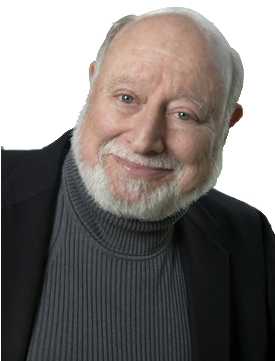 have come to consider this sentiment to be a core belief, maybe wisdom at this point, of my professional philosophy and personal world view.
have come to consider this sentiment to be a core belief, maybe wisdom at this point, of my professional philosophy and personal world view.




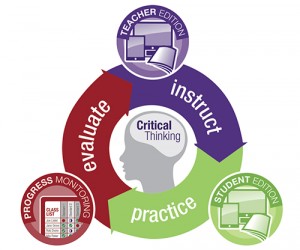
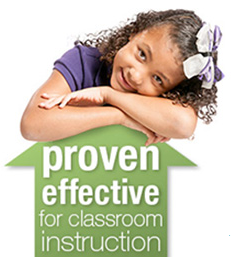
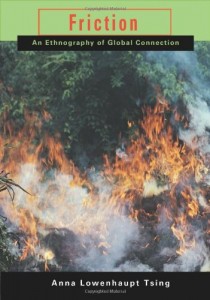
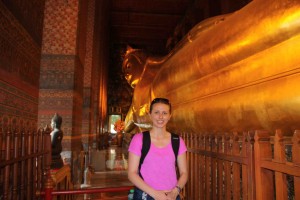
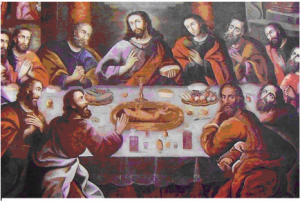




 resolution and community development capacity in countries around the world. I have lived and/or worked in over 40 countries, including some time in Germany as a student and in Albania & Kosovo. Learning about the world and connecting with people across the world has been a passion of mine for as long as I can remember. At World Savvy, I head up Academic Affairs for the Global Competence Certificate program, the new online graduate level certificate for teachers in Global Competence Education. In this capacity, I am responsible for interacting with potential and current program participants—everything from recruiting to advising and supporting. It is really exciting to work with these educators, who are fulfilling a very important role in building global citizenship among their students.
resolution and community development capacity in countries around the world. I have lived and/or worked in over 40 countries, including some time in Germany as a student and in Albania & Kosovo. Learning about the world and connecting with people across the world has been a passion of mine for as long as I can remember. At World Savvy, I head up Academic Affairs for the Global Competence Certificate program, the new online graduate level certificate for teachers in Global Competence Education. In this capacity, I am responsible for interacting with potential and current program participants—everything from recruiting to advising and supporting. It is really exciting to work with these educators, who are fulfilling a very important role in building global citizenship among their students.



